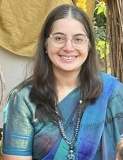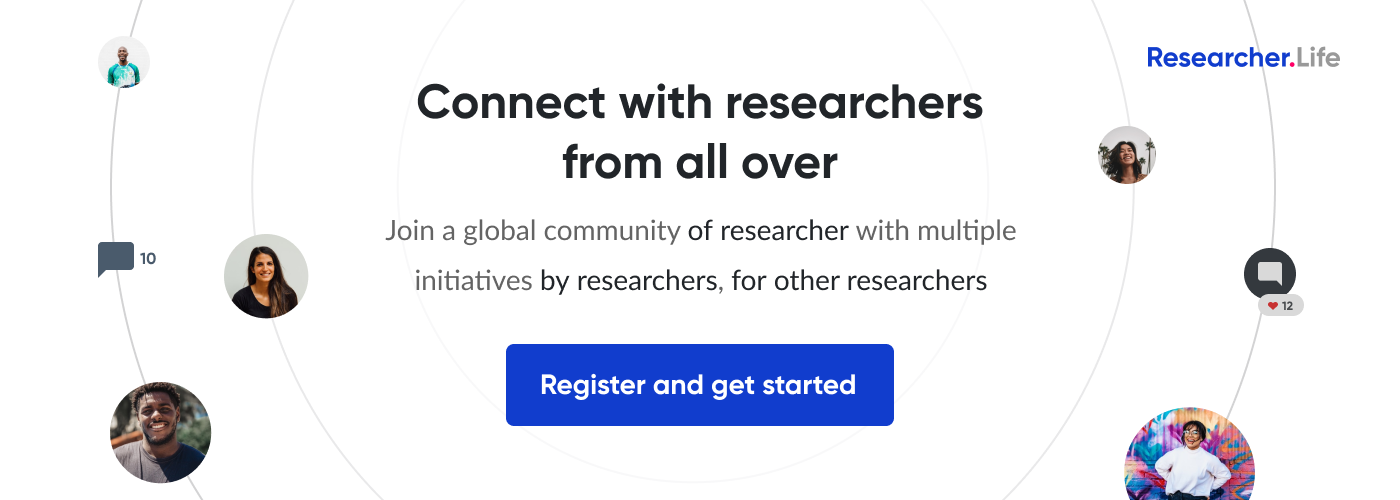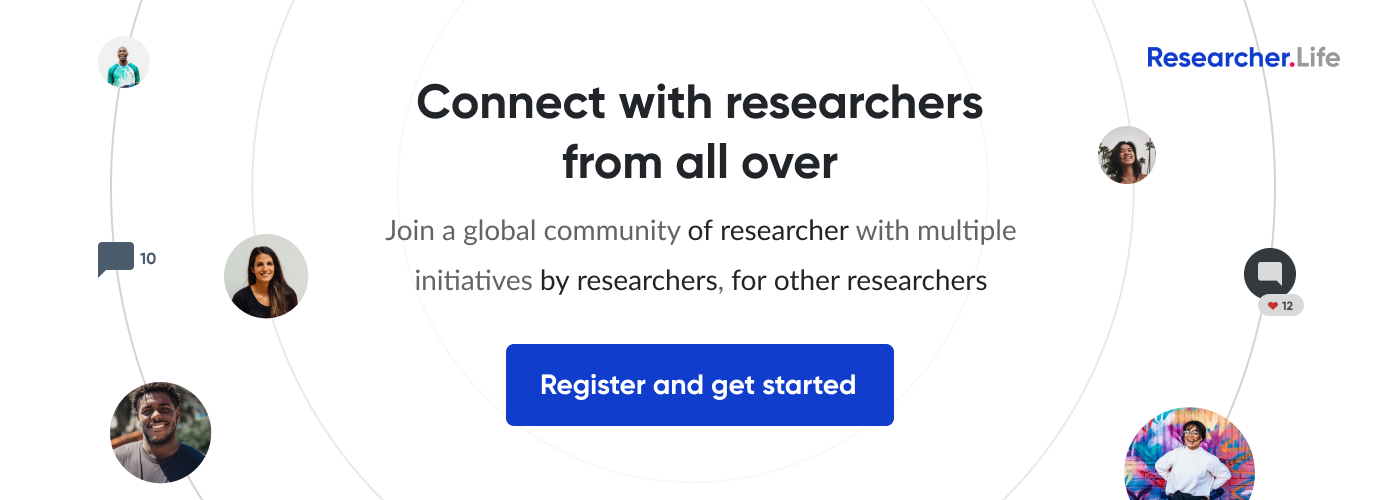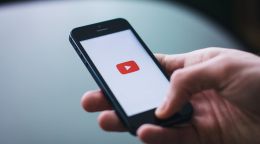Science communication for a sustainable future

How can researchers and science communicators work together to ensure accurate information is made available globally?
Awareness about the inter-relatedness of environment and human activity is being emphasized today more than ever before. The impact of human population growth along with the increased energy consumption, waste generation, habitat destruction, resource inequities is evident.
Recently, an agreement was reached after lengthy debates and discussions at the close of at the COP16 (16th Conference of Parties to the UN Biodiversity Convention) convention to give representation to Indigenous Peoples and their communities in biodiversity conservation. However, there is much to be done in this area, and two unsolved questions were identified: 1. a financing model to bring the biodiversity protection plan to reality, and 2. a monitoring mechanism to measure the progress of the roadmap to protect biodiversity.
Researchers and science communicators can get involved in these areas to help facilitate the transformation that is envisioned for a sustainable and healthy planet.
How can we move from sustainability as a concept to an action plan in everyone's lives?
Could we, in fact, work together to improve our quality of living due to our collective intelligence? There are some actionable steps that a researcher can take to achieve sustainable goals in their laboratory or research setting. These include awareness, educating yourself, assessing impact, designing and planning.
What role can a researcher play in ensuring that the future is indeed bright for all life on Earth?
"It was after I had completed my higher education and already chosen a different career path that I read about the primatologist Jane Goodall. I’d certainly heard of her before but not read much about her until then. Her book, In the Shadow of Man, filled me with delight and admiration. It was a beautiful and inspiring experience just reading about how she conducted her studies, recorded what she learnt, described her relationship with the world she was studying, and emphasized the need for compassion and action. "
- Mriganka Awati writes in International Women’s Day special: Women scientists who inspired us | Editage Insights
This Editage Insights article should help you get some ideas on how to reduce your carbon footprint as a researcher.
What are some ways one can incorporate sustainable goals as a science communicator?
The World Health Organization has been working to integrate its' efforts under One Health. It is based on a unified approach in which the health of people, animals and ecosystems are viewed together when planning.
UNESCO suggests a few ways in which we can purposefully incorporate sustainability goals in the way we disseminate knowledge:
- Creating a shared vision among stakeholders
- Aligning policies and implementation strategies
- Empowering local actors
- Fostering a culture of accountability and sustained commitment.
They also have various initiatives, such as Biosphere Reserves Day, in which people can get involved in providing local solutions to global problems that involve the entire ecosystem.
Comments
You're looking to give wings to your academic career and publication journey. We like that!
Why don't we give you complete access! Create a free account and get unlimited access to all resources & a vibrant researcher community.














